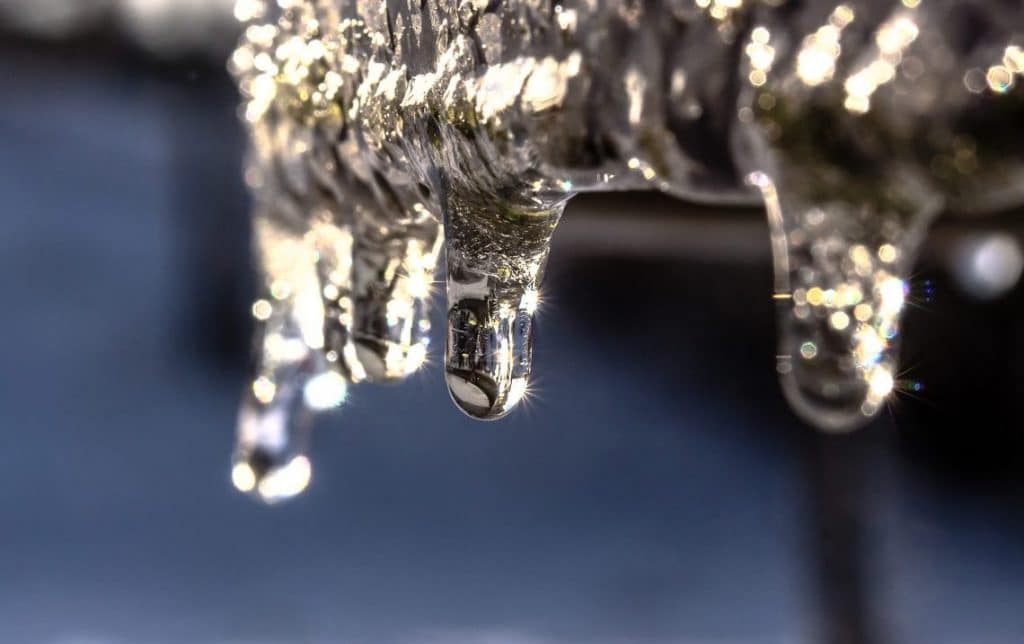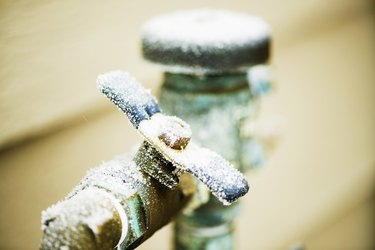Important Tips for Preventing Frozen Plumbing in Cold Weather Seasons
Important Tips for Preventing Frozen Plumbing in Cold Weather Seasons
Blog Article
Here on the next paragraphs you might get a lot of incredibly good expertise concerning Helpful Tips to Prevent Frozen Pipes this Winter.

Cold weather can ruin your pipes, specifically by freezing pipes. Below's exactly how to avoid it from occurring and what to do if it does.
Intro
As temperatures decline, the risk of icy pipelines increases, possibly bring about expensive repair services and water damage. Understanding how to avoid icy pipelines is essential for house owners in cool environments.
Comprehending Frozen Pipes
What triggers pipes to ice up?
Pipelines freeze when revealed to temperature levels listed below 32 ° F (0 ° C) for prolonged periods. As water inside the pipelines freezes, it expands, taxing the pipe wall surfaces and possibly creating them to break.
Threats and problems
Icy pipes can bring about supply of water disruptions, residential property damages, and costly repair work. Burst pipelines can flooding homes and cause extensive structural damage.
Indications of Frozen Pipeline
Identifying icy pipes early can avoid them from breaking.
How to determine icy pipelines
Try to find decreased water flow from taps, uncommon odors or noises from pipes, and noticeable frost on subjected pipelines.
Prevention Tips
Shielding prone pipes
Cover pipes in insulation sleeves or make use of warm tape to protect them from freezing temperature levels. Focus on pipelines in unheated or exterior locations of the home.
Home heating methods
Maintain interior areas adequately heated, especially areas with pipes. Open cabinet doors to allow cozy air to flow around pipes under sinks.
Securing Exterior Plumbing
Garden hose pipes and exterior faucets
Detach and drain pipes yard hose pipes before winter. Mount frost-proof faucets or cover exterior faucets with protected caps.
What to Do If Your Pipelines Freeze
Immediate actions to take
If you suspect icy pipelines, maintain faucets available to soothe stress as the ice melts. Use a hairdryer or towels taken in warm water to thaw pipelines gradually.
Long-Term Solutions
Architectural modifications
Consider rerouting pipes away from exterior walls or unheated areas. Add additional insulation to attic rooms, basements, and crawl spaces.
Updating insulation
Invest in high-grade insulation for pipelines, attic rooms, and wall surfaces. Correct insulation aids maintain regular temperature levels and reduces the risk of icy pipelines.
Conclusion
Protecting against icy pipelines needs aggressive measures and quick feedbacks. By understanding the causes, signs, and safety nets, property owners can protect their pipes throughout cold weather.
6 Proven Ways to Prevent Frozen Pipes and Protect Your Home
Disconnect and Drain Garden Hoses
Before winter arrives, start by disconnecting your garden hoses and draining any remaining water. Close the shut-off valves that supply outdoor hose bibs and leave the outdoor faucet open to allow any residual water to drain. For extra protection, consider using faucet covers throughout the colder months. It’s also important to drain water from any sprinkler supply lines following the manufacturer’s directions.
Insulate Exposed Pipes
Insulating your pipes is an effective way to prevent freezing. Pipe insulation is readily available at home improvement stores and is relatively inexpensive. Pay close attention to pipes in unheated areas such as the attic, basement, crawl spaces, or garage. Apply foam insulation generously to create a buffer against the cold. You can also wrap your pipes in heat tape or thermostat-controlled heat cables for added warmth.
Seal Air Leaks
Inspect your home for any cracks or openings that could let in cold air. Seal any holes around the piping in interior or exterior walls, as well as the sill plates where your home rests on its foundation. Additionally, make sure to keep your garage door closed unless you’re entering or exiting. Leaving it open creates a significant air leak that can lead to frozen pipes.
Allow Warm Air Circulation
During cold snaps, it’s essential to allow warm air to circulate evenly throughout your home. Leave interior doors ajar to promote better airflow. Open kitchen and bathroom cabinets to help distribute heat consistently around the rooms. If you have small children or pets, be sure to remove any household chemicals or potentially harmful cleaners from open cabinets for safety.
Let Faucets Drip
A small trickle of water can make a big difference in preventing ice formation inside your pipes. When temperatures drop significantly, start a drip of water from all faucets served by exposed pipes. This continuous flow helps prevent the water from freezing. Additionally, running a few faucets slightly can relieve pressure inside the pipes, reducing the chances of a rupture if the water inside does freeze.
https://choateshvac.com/6-proven-ways-to-prevent-frozen-pipes-and-protect-your-home/

We hope you liked our post on How To Avoid Freezing Pipes. Thanks for spending some time to read our blog post. I beg you take a moment to share this blog posting if you appreciated it. Thank you so much for your time spent reading it.
This Resource Report this page